
CAM evolution is associated with gene family expansion in an explosive bromeliad radiation
Plant Science Research WeeklyStudies on Crassulacean Acid Metabolism (CAM) plant genomes are scarse and CAM evolution is known to be an ecological driver of diversification. The subgenus Tillandsia (Bromeliaceae) is one of the fastest diversifying clades in the plant kingdom and is known for its adaptive CAM trait. It has recently…
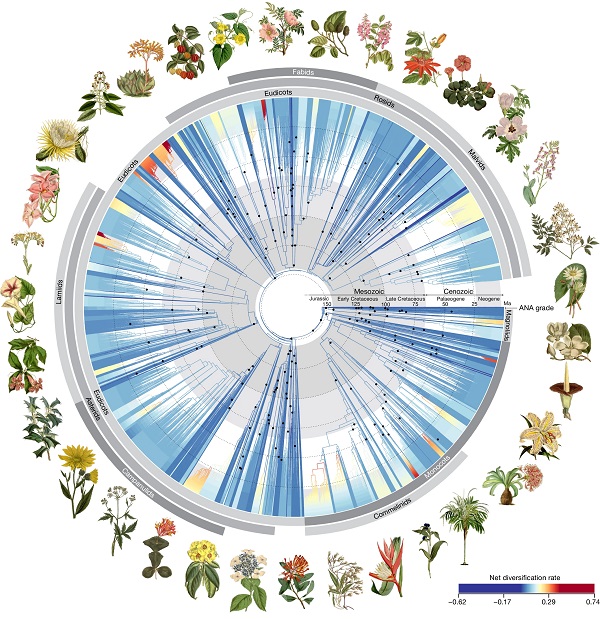
Phylogenomic insights into angiosperm evolution
Plant Science Research WeeklyLow-resolution data can provide broad strokes but miss the details that come from greater information density. When striving to understand the multimillion-year evolutionary history of the angiosperms, more data certainly helps. Here, by focusing on a subset of 353 genes, Zuntini and Carruthers et al.…
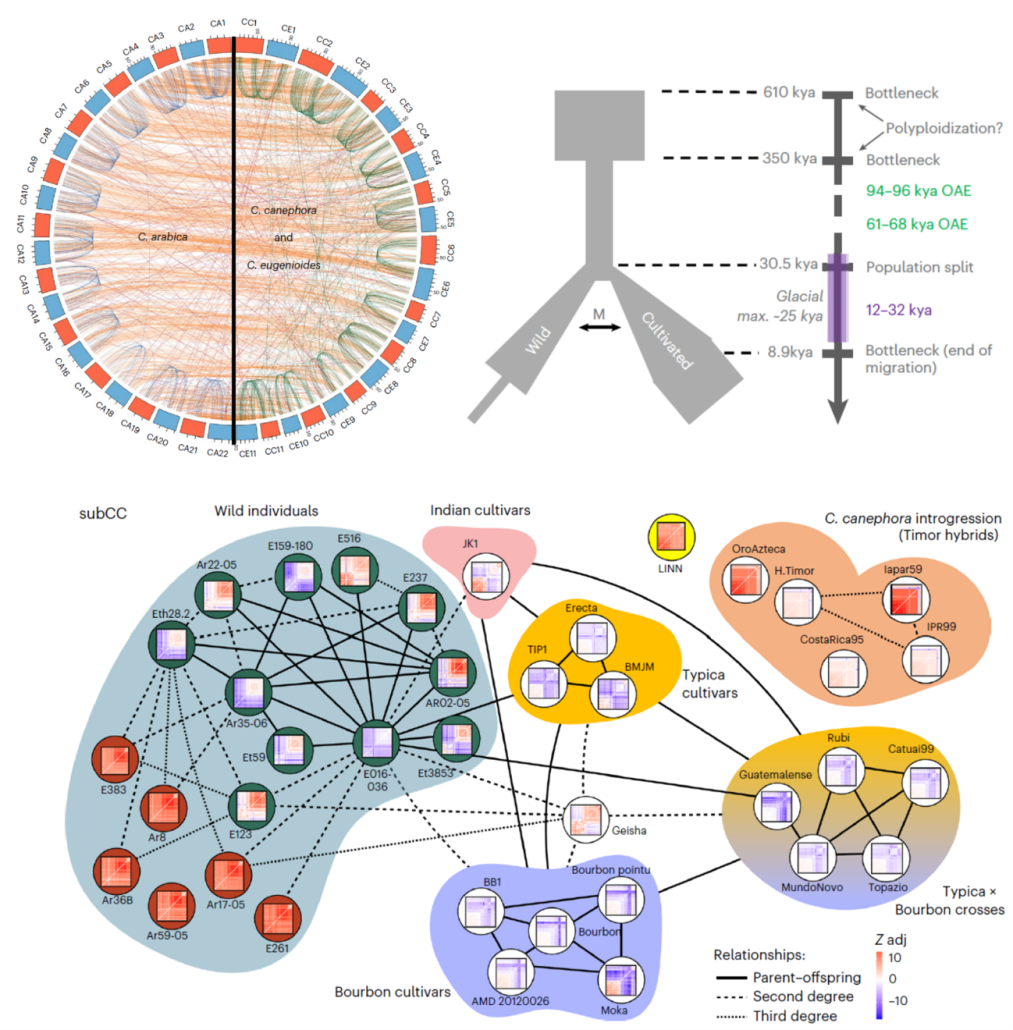
Genomics from bean to cup: New insights into the history of Arabica coffee diversification
Plant Science Research WeeklyAs one of the most traded commodities in the world, coffee has cultural and economic impact that spans continents. The main source of coffee beans, Coffea arabica (Arabica), is a polyploid species that resulted from the hybridization between diploid C. canephora (Robusta) and C. eugenioides (Eugenioides).…
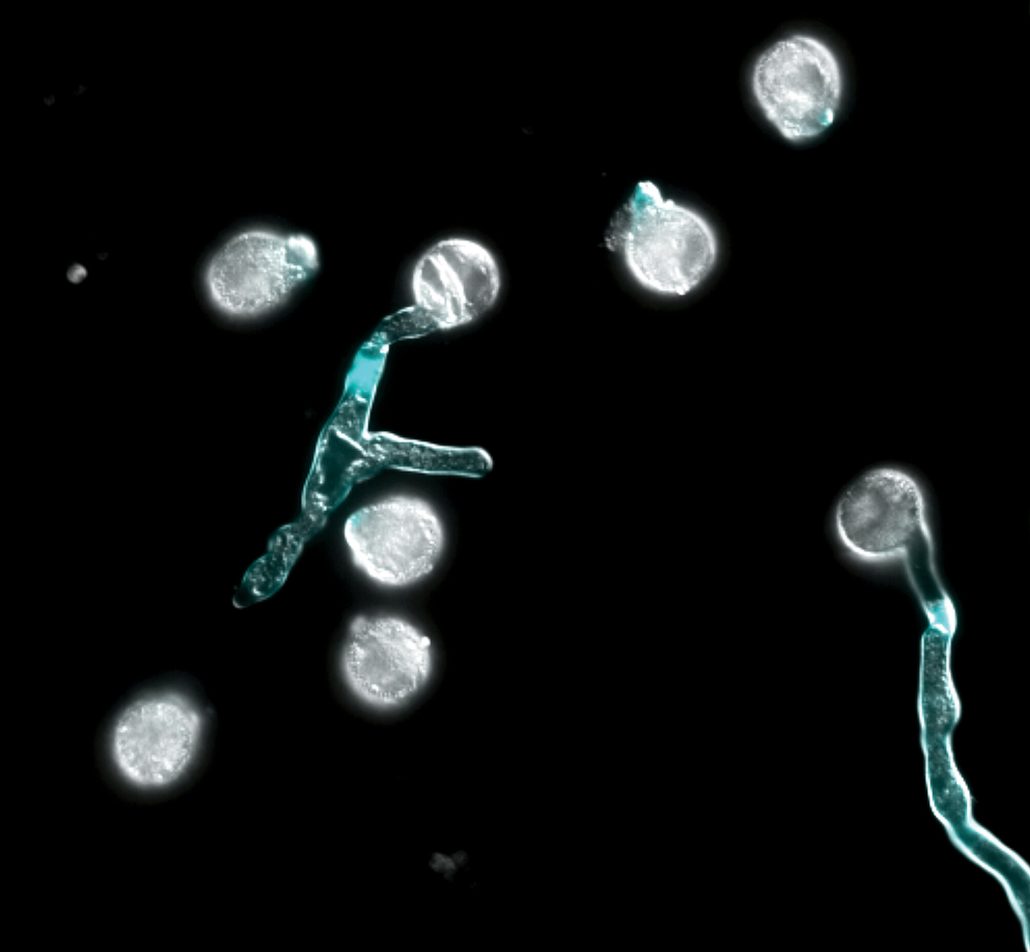
Neo-polyploid infertility associated with defective pollen tube growth
Plant Science Research WeeklyPolyploidy, arising from whole-genome duplication, is a common phenomenon in plant species. However, newly formed polyploids are often infertile and the mechanism(s) by which they adapt to their new karyotypes remain unclear. In this article, Westermann and colleagues chemically induced the formation…
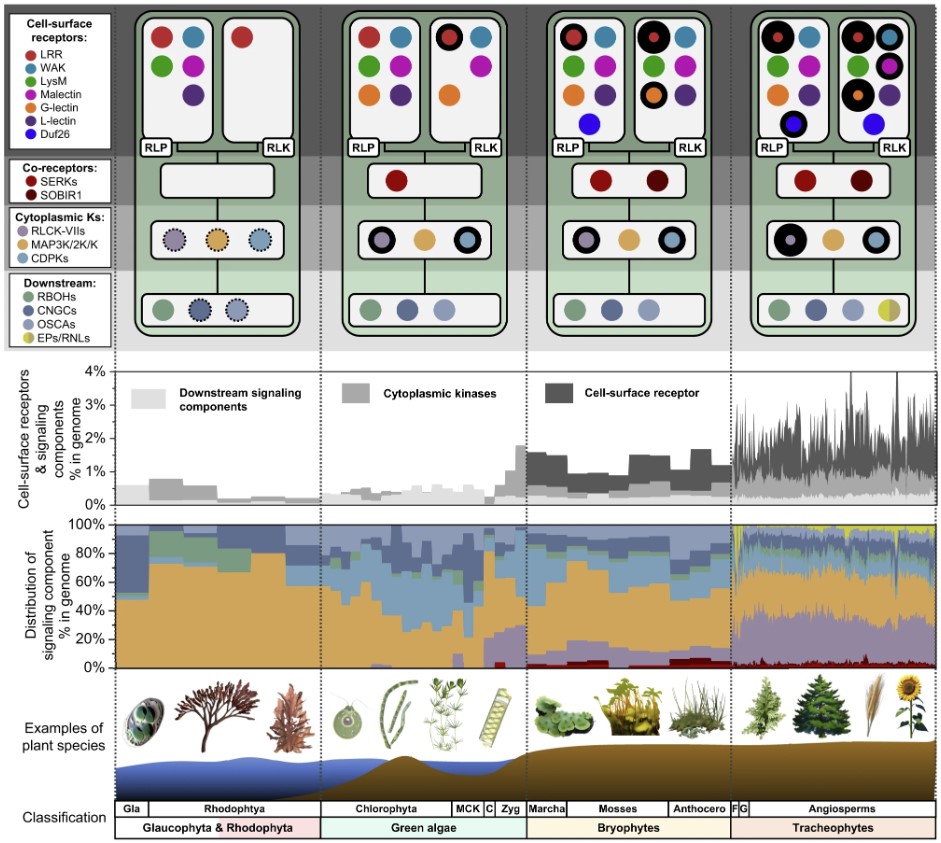
Patterns of evolution: Dissecting the history of pattern recognition receptors from development to immunity
Plant Science Research WeeklyPlants use a suite of cell-surface receptors as signal transducers in both development and immunity. In this study, Ngou et al. utilized computational and functional approaches to examine the evolutionary origin of a subclass of plant cell-surface receptors called pattern recognition receptors (PRRs),…
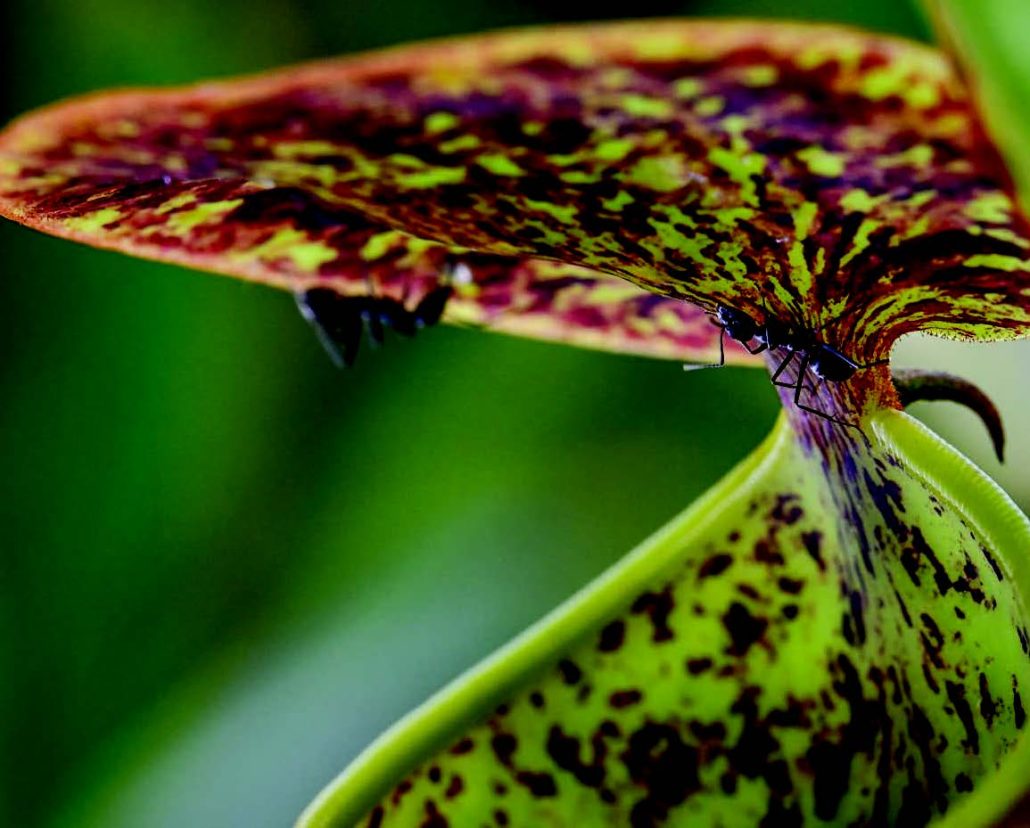
Convergent evolution in pitcher plant traps reveals a mechanism for composite trait evolution
Plant Science Research Weekly
It’s easy for most of us to grasp how an enzyme evolves new functions or substrate specificities, but envisioning how something incredibly complex like the human eye can be quite challenging (even Darwin was stumped). In this fascinating paper, Chomicki et al. asked how two geographically…
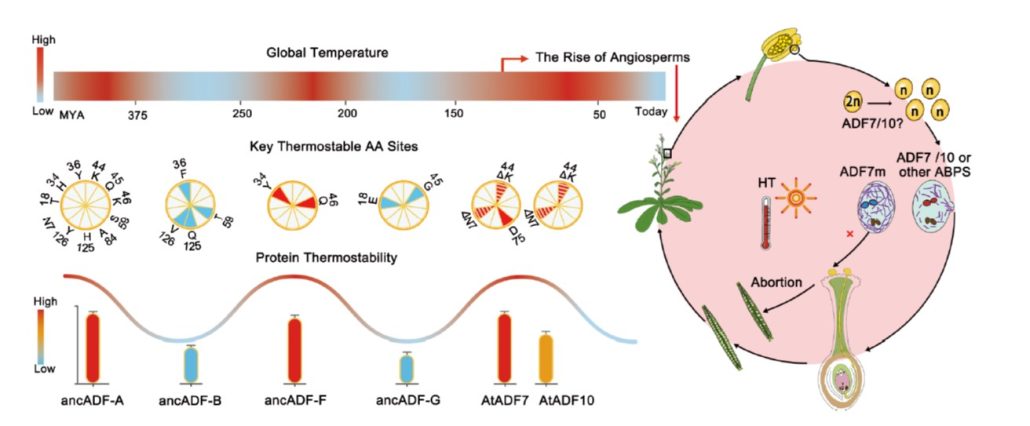
Evolution of the thermostability of actin-depolymerizing factors enhances pollen germination at high temperature
Plant Science Research WeeklyIn angiosperms, pollen germination leads to a period of extensive polarized growth of the pollen tube, which carries the sperm nuclei to the ovule. Studies of tip growth in both pollen tubes and root hairs have contributed to a descriptive model that involves polarized vesicle movement along the cytoskeleton…

Review: Till death do us pair: Co-evolution of plant–necrotroph interactions
Plant Science Research WeeklyThis interesting and well-written review by Derbyshire and Raffaele takes a step back from the molecular interactions between plant and pathogen and discusses them in light of co-evolutionary processes. The review starts with a useful introduction and definition of concepts about “robustness” in…

Review: Complementing model species with model clades
Plant Science Research WeeklyWithout doubt, Arabidopsis thaliana has thoroughly demonstrated its usefulness as a model species. In this interesting article by Mabry et al. (with an impressive author list!), the authors propose to expand the Arabidopsis toolkit to encompass its entire order – its family of families, the Brassicales.…

